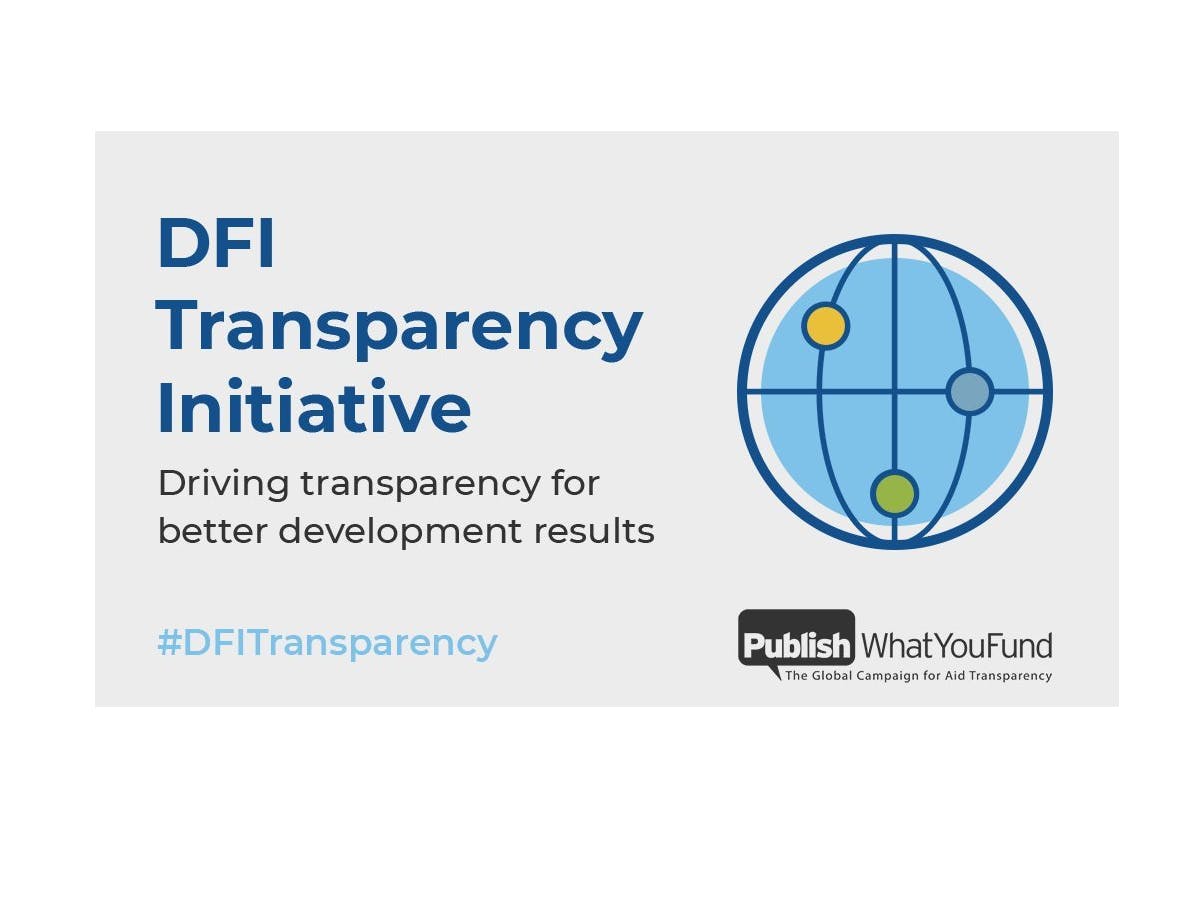Transparency gaps make it difficult to assess DFIs contribution to market building
There is inadequate disclosure of both aggregate and project level financial information across development finance institutions (DFIs), according to new research from our DFI Transparency Initiative. The research examined the transparency of 17 bilateral and multilateral DFIs and found that:
- Disaggregated reporting of co-financing information was limited, including levels of concessionality in investments and mobilisation of private finance.
- Aggregate data was identified across a variety of sources. While a large amount of aggregate data was identified, a lack of standardisation and systematic reporting means that different types of data were reported by different DFIs making comparability difficult.
- If DFIs are to contribute to the creation of private markets it is essential that they provide financial information from their investments to allow private investors to understand market conditions and opportunities for investment.
DFIs represent an important component in scaling up the level of investment in developing countries principally through the mobilisation of private finance. It is important that DFIs clearly communicate the ways in which they do this. Timely, systematic, and standardised disclosure of financial information would allow DFIs to have a powerful demonstration effect in the markets they work in.
This research is part of a broad programme that Publish What You Fund is undertaking, to examine and ultimately improve the transparency of DFIs. The DFI Transparency Initiative will release its detailed recommendations in October. CEO Gary Forster said:
“As with our previous three work streams, our latest research finds basic financial information is not being made publically available. When it is available, there is no systematic disclosure, which means we found inconsistencies within individual DFIs and that comparability between DFIs is almost impossible.
“Yet we also saw opportunities for disclosure; we identified many instances where individual DFIs have found ways either through negotiations with their investees or other means to make financial information available.
“At a time when we’re seeing such an enormous financing gap and resources are becoming increasingly stretched by Covid-19 and other challenges it feels the least we can do is open up our data to enable analysis, learning and targeting of our remaining resources where they can make the most difference.”
You can download the research paper, which presents the findings from our fourth workstream, here.

